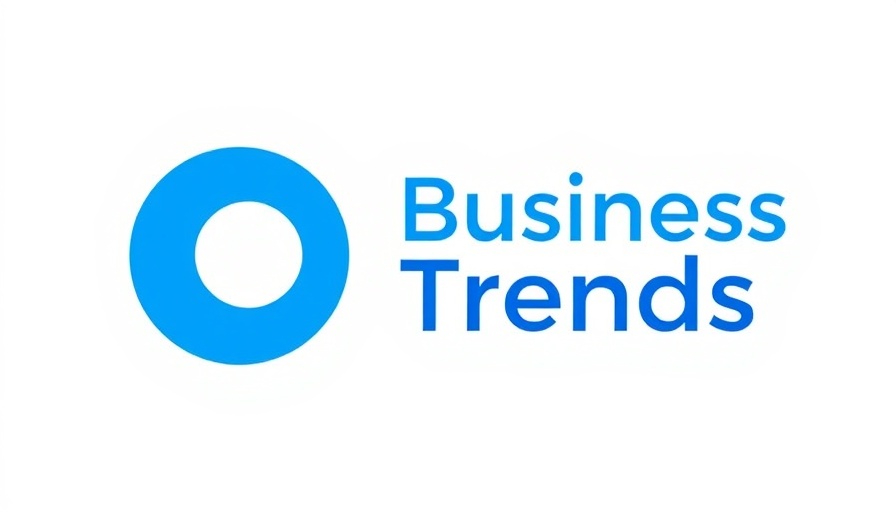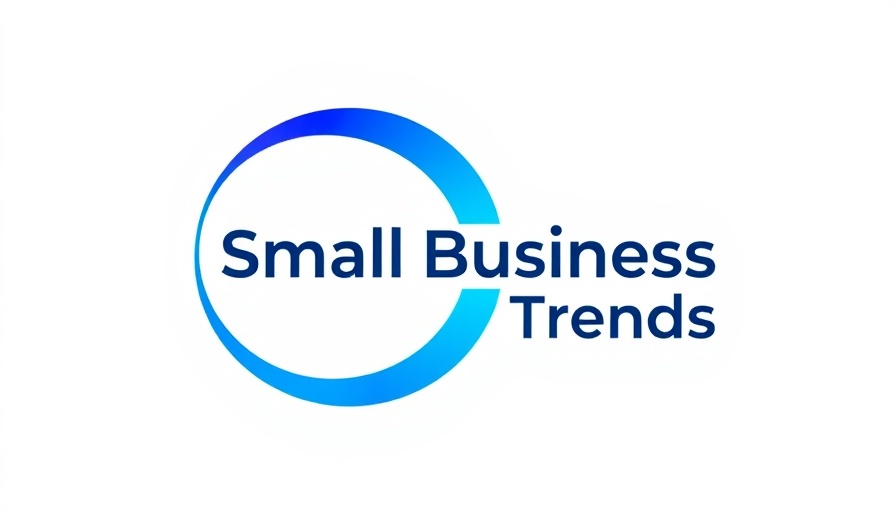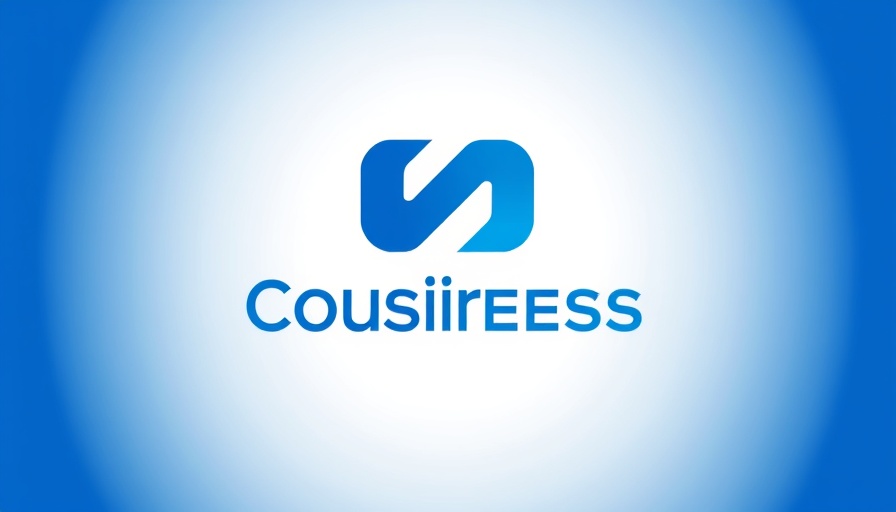
Understanding Marketing Attribution: A Key Challenge for Brands
Marketing attribution is more crucial than ever in the digital economy, especially as brands strive to connect their advertising spend to measurable results. Questions such as, "How much value did that Google Ads campaign deliver?" and "What’s the cost of sales for every marketing channel?" are central to understanding the effectiveness of various marketing efforts. These are the very questions that confronted Martijn Hosten and Halewijn Schoonjans from TUI, a multinational leisure, travel, and tourism company.
TUI's Attribution Journey: Tackling Complex Questions
During their presentation at the 2024 Marketing Analytics & Data Science conference, Hosten and Schoonjans shared their compelling journey into the world of marketing attribution. They focused on the challenge of automating their attribution processes and integrating them across diverse advertising platforms, leading to more informed budgeting decisions and better justifications for marketing strategies. Their insights into building a best-in-class attribution model emphasize not just the 'what,' but also the 'how' of analytics in a modern marketing context.
The Importance of Measurement in Marketing
In today's fragmented marketing landscape, knowing which channels contribute to conversion is vital. Certain channels, such as organic traffic, may appear to perform well, yet without deep analysis, their true impact can remain obscured. Effective budgeting across marketing channels is not just about identifying high-performing ads; it’s equally about understanding less visible influencers that could be making a difference.
Future Trends: The Evolution of Marketing Analytics
As brands increasingly integrate advanced analytics, the field of marketing attribution is poised for transformation. Automation, machine learning, and AI are revolutionizing how marketers analyze data. For example, predictive analytics can provide insights before a campaign even deploys, allowing marketers to allocate resources more effectively and pivot strategies in real-time. The future of marketing analytics isn't just about collecting data, but also about interpreting that data to form actionable strategies that maximize ROI.
Common Misconceptions About Attribution
Despite its critical importance, many marketers harbor misconceptions about attribution. One prevalent myth is that all attribution models are fundamentally similar. In reality, each model has its unique strengths and drawbacks, meaning the selection of the appropriate methodology can significantly influence insights derived from data. Learning the distinctions between models, such as first-touch versus multi-touch attribution, is essential for marketers aiming to refine their approaches.
Take Action: Engage with Emerging Trends in AI and Attribution
Brands must remain agile and informed about the latest trends in marketing attribution and analytics to stay ahead in the competitive landscape. As AI continues to play a pivotal role in transforming marketing strategies, companies should consider investing time and resources into understanding how these technologies can enhance their attribution models.



Write A Comment